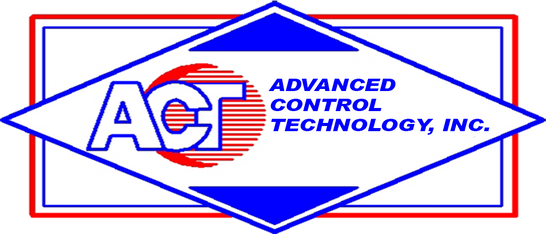Comprehensive Guide to Industrial Liquid Level Sensor Pricing

Overview of Liquid Level Sensors
Liquid level sensors are essential components in various industrial applications, designed to monitor and control the levels of liquids within tanks, reservoirs, and other containment systems. These sensors ensure processes run smoothly, efficiently, and safely by providing critical data about liquid levels. There are several types of liquid level sensors available in the market, each suited to specific applications and environments:
- Float Level Sensors: These sensors use a buoyant float that moves with the liquid level. The movement is then translated into an electrical signal. Float level sensors can be either switch type, which provide discrete on/off signals, or continuous type, which deliver a continuous analog output.
- Capacitive Level Sensors: These sensors determine liquid levels by measuring changes in capacitance caused by the presence or absence of a liquid between two conductive plates.
- Ultrasonic Level Sensors: Utilizing sound waves, these sensors measure the time it takes for an ultrasonic pulse to travel to the liquid surface and back, providing accurate distance readings.
- Radar Level Sensors: These sensors use microwave radar technology to measure liquid levels, with high precision and reliability, even in harsh conditions.
- Optical Level Sensors: These sensors use light to detect the presence or absence of liquid, making them ideal for detecting very low levels of liquid.
Applications in Different Industries
Liquid level sensors are employed across a multitude of industries, including:
- Water Treatment: Monitoring water levels in treatment plants.
- Pharmaceuticals: Ensuring accurate liquid measurements in manufacturing processes.
- Oil and Gas: Managing fluid levels in storage tanks and pipelines.
- Food and Beverage: Maintaining levels in processing and storage tanks.
- Automotive: Monitoring fuel levels in vehicles.
Factors Affecting Liquid Level Sensor Pricing
Several factors influence the cost of liquid level sensors, as outlined below:
- Type of Sensor: The basic type of sensor—whether float, capacitive, ultrasonic, radar, or optical—greatly impacts the price. For instance, float level sensors are typically more economical than radar level sensors.
- Accuracy and Reliability: Higher accuracy and reliability generally come at a premium. Sensors used in critical applications, where precise measurements are crucial, tend to be more expensive.
- Range: The measurement range of the sensor can affect its cost. Sensors designed to measure greater distances or depths usually require advanced technology, thereby increasing their price.
- Material Used: The construction material of the sensor impacts its durability and suitability for different environments. Sensors made from corrosion-resistant materials like stainless steel or Teflon are more costly than those made from standard materials.
- Additional Features and Functions: Features such as temperature monitoring, adjustable settings, and multi-point sensing add to the functionality and cost of the sensor. Advanced features may include digital interfaces, wireless capabilities, and self-calibration.
- Manufacturing Costs: The complexity of manufacturing processes and the quality control measures in place also influence pricing. High-precision manufacturing and stringent quality controls typically increase costs.
- Market Demand: The demand for specific types of sensors in the market can affect their pricing. Sensors in high demand may be more expensive due to supply constraints.

Price Ranges
- Float Level Sensors: Typically range from $50 to $300 depending on features and materials.
- Capacitive Level Sensors: Generally priced between $100 and $500.
- Ultrasonic Level Sensors: Costs can vary from $200 to $1,000.
- Radar Level Sensors: Often priced from $500 to $2,000 or more.
- Optical Level Sensors: Usually range from $150 to $600.
Tips for Choosing the Right Liquid Level Sensor
- Assess Your Requirements: Determine the specific needs of your application, including the type of liquid, the required measurement range, and the environmental conditions.
- Consider Accuracy and Reliability: Choose a sensor that meets the accuracy requirements of your application. For critical applications, invest in high-precision sensors.
- Evaluate Material Compatibility: Ensure the sensor materials are compatible with the liquid to avoid corrosion or damage.
- Factor in Features: Decide on the necessary features such as temperature monitoring, wireless capability, or multi-point sensing.
- Budget Considerations: Balance your budget with the sensor's features and performance. Opt for sensors that provide the best value for your specific needs.

Conclusion
Selecting the right liquid level sensor involves a careful evaluation of various factors that influence pricing and performance. By understanding your application requirements and the available options, you can make an informed decision that balances cost and functionality. For specific pricing and additional information, visit actsensors.com to explore a wide range of industrial liquid level sensors tailored to your needs.

Disclaimer: This article describes installation and integration of industrial-grade sensors in hydraulic systems. These tasks should only be carried out by trained and qualified personnel in accordance with applicable safety standards and equipment specifications.
